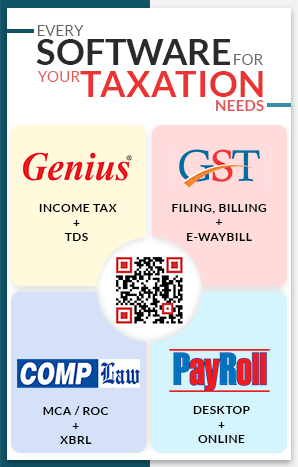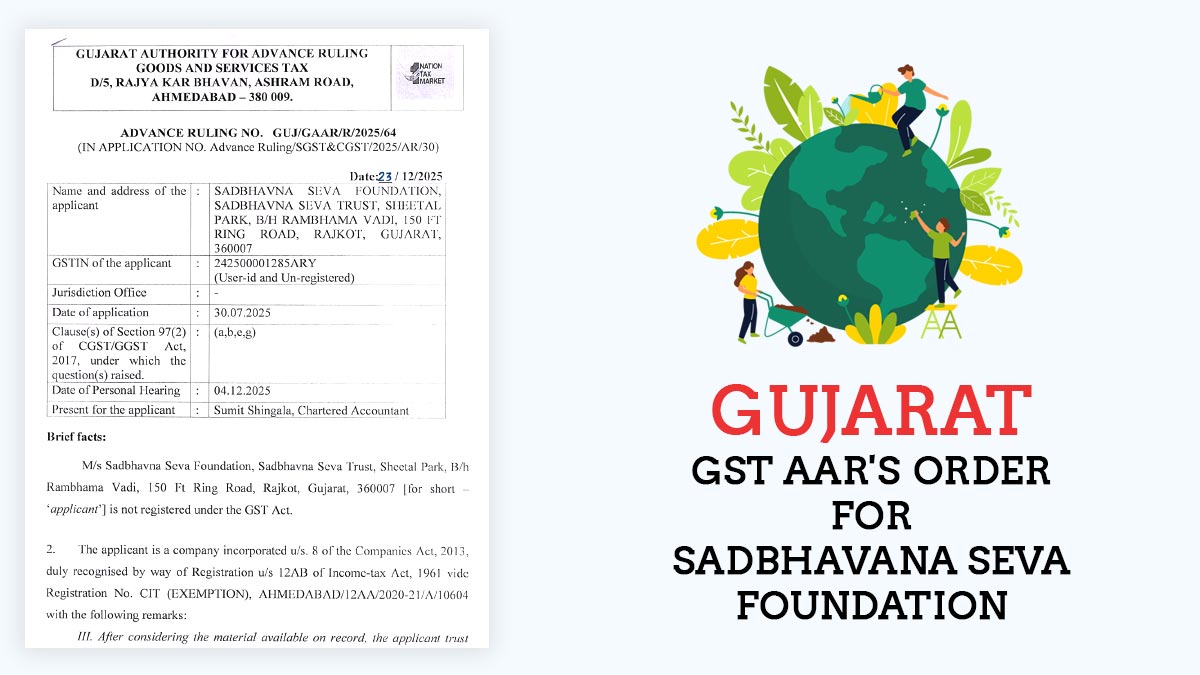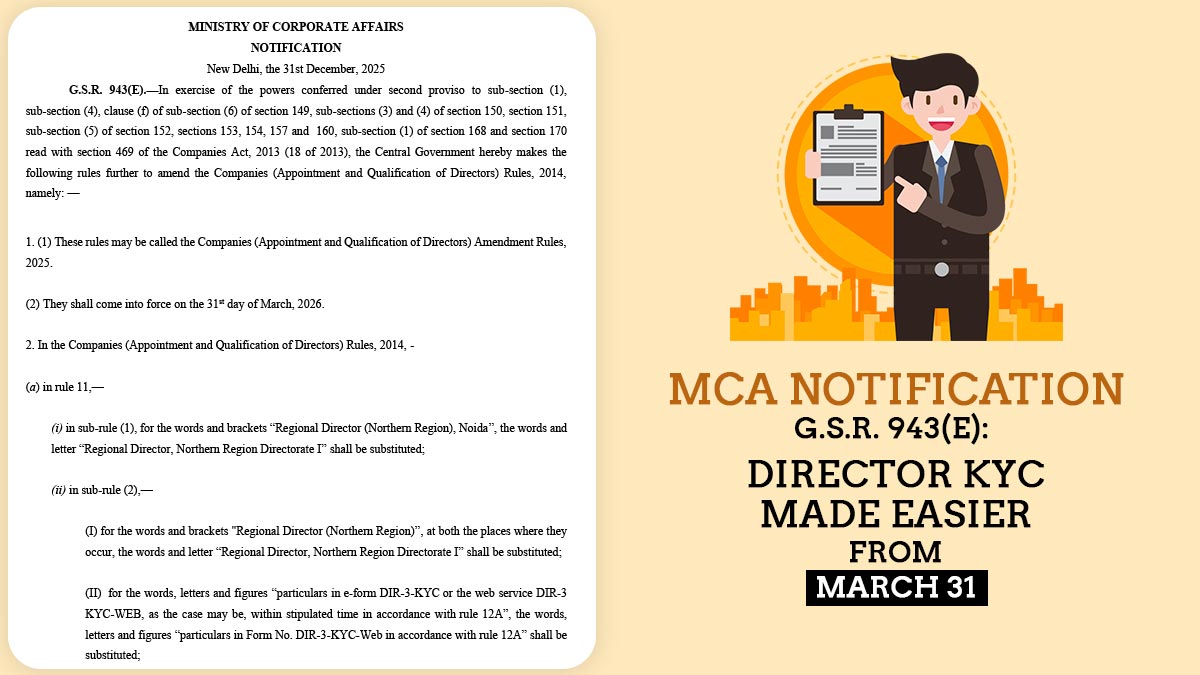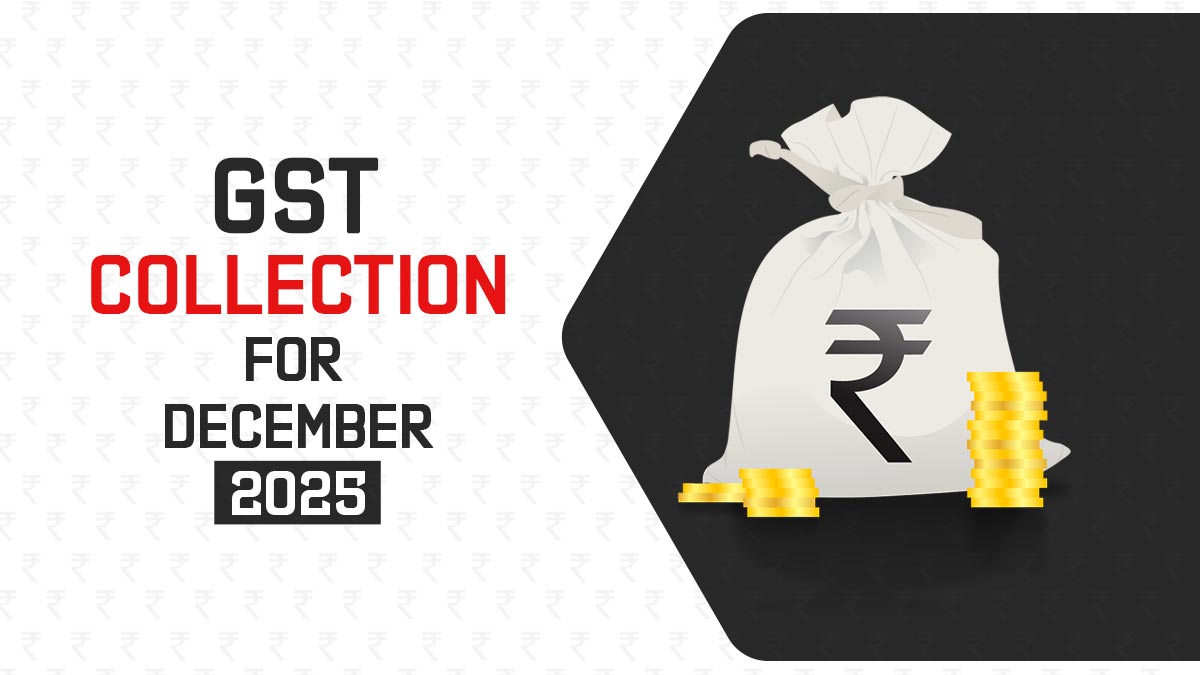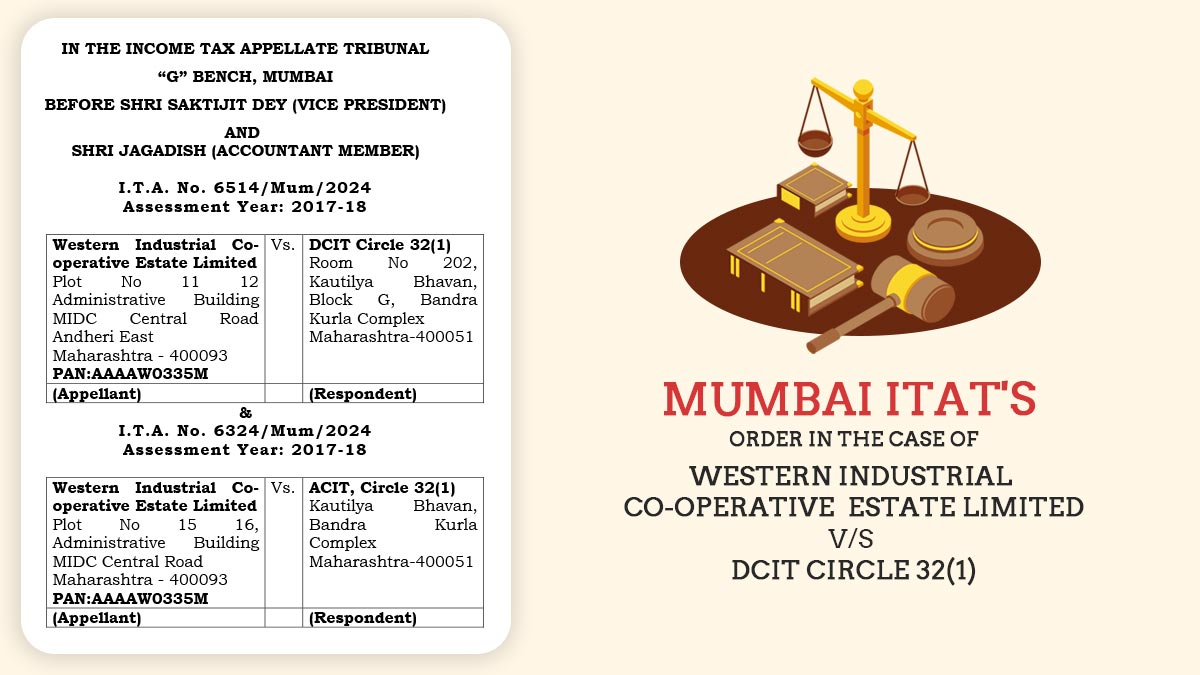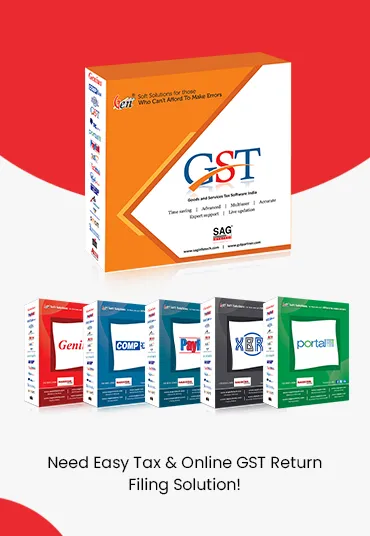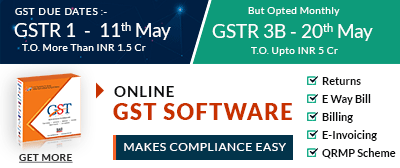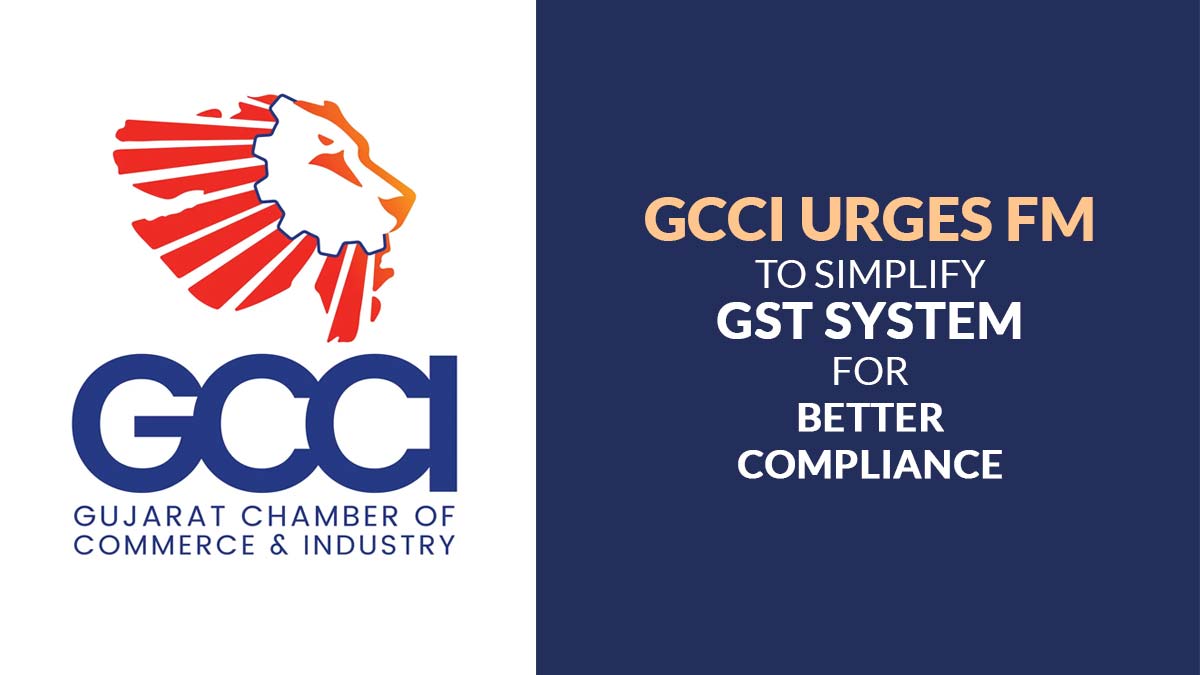
The Gujarat Chamber of Commerce and Industry has urged Finance Minister Nirmala Sitharaman, in a letter, to ease the GST framework by issuing industry-specific guidance notes, as the government is working on next-generation GST reforms.
Nayan Sheth, chairman of the indirect tax committee of the GCCI, cited that the devotion of the government to lessen the GST slabs, fix inverted tax structures, lower GST rates on daily essentials, packaged food, electronics and insurance, resolve classification issues, eliminate compensation cess, etc., along with the required technological upgradation, shall ensure useful compliance and makes the whole structure and compliance transparent and add to the GST collection.
As per GCCI, multiple slabs are being used by the GST system of India, but the bulk of revenue comes from the 18% slab (70-75%). The 12% slab contributes just 5-6% and yet adds classification intricacy.
There are similar goods that come under distinct rates, which leads to disputes and compliance problems. The structure shall be facilitated if the 12% slab gets merged into either the 5% or the 18% rates. The same lessens the litigation, simplifies GST ITC mismatches, and eases the cost for businesses.
It also mentioned that there are various sectors at present that continue to discover ambiguities in the interpretation of GST provisions, specifically on problems like leasehold land, intermediary services, and the scope of exemptions in the healthcare sector, among others.
The GST Council, in its early meetings (14 GST Council Meetings), approved the formation of sectoral groups across 18 key industry verticals, including textiles, MSMEs, food processing, handicrafts, e-commerce, and pharmaceuticals, to resolve the sector-specific issues.
The tasks of these groups are to discover issues in the industry and prepare detailed guidance notes in regional languages that cover crucial aspects like legal provisions, place of supply, valuation, ITC eligibility, and sectoral exemptions.
To facilitate interpretational challenges, standardising compliance practices, reducing litigation, and furnishing clear and consistent direction to taxpayers working in distinct and complex industries, publishing these guidance notes has now become crucial.



